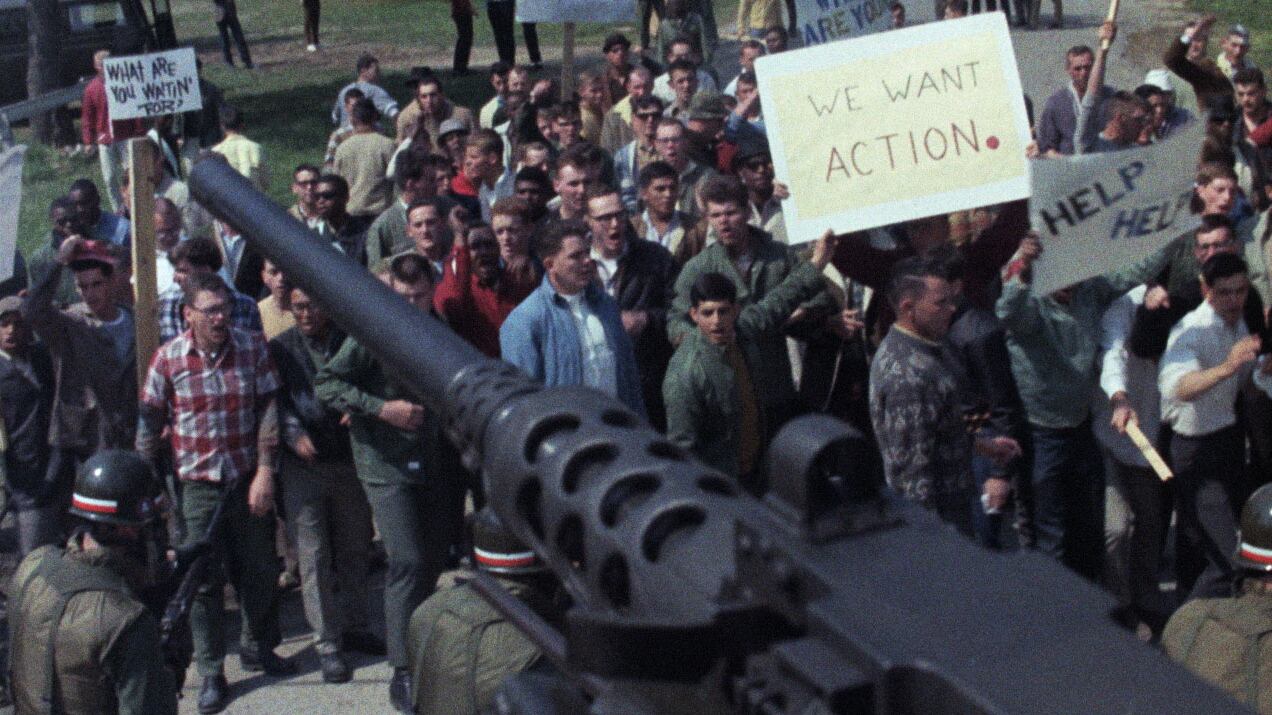Opinion
Courtesy of Magnolia Pictures
‘Riotsville, USA’ Shows the Birth of Police Militarization
EVERYTHING LOOKS LIKE A NAIL
A new documentary uses archive footage to show how the government started thinking of protesters as enemies, and police as soldiers.
opinion

Trending Now





